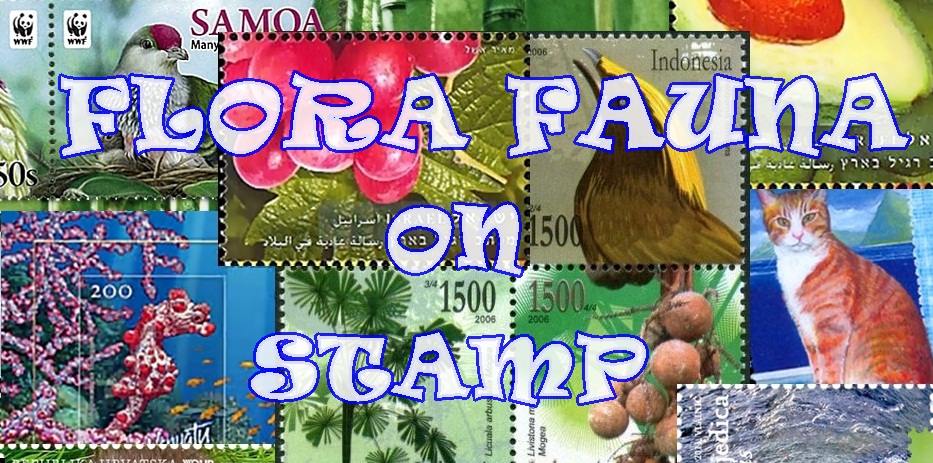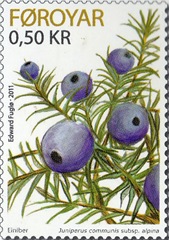Armenia Post released the flora-fauna stamp series on February 02, 2011, that features the rare flora of Armenia, Sambucus Tigranii and Fritillaria Armena. The issued stamps designed by S. Azaryan in multicolour and have same nominal value .

Sambucus tigranii, is very rare species and found in the resort of Arzni, Mt Aragaz, and the Ervard Ravine, Armenia. It is endemic to Armenia.A shrub grows along the river gorges, stony slopes, and dry places. It can reach 3 m in height.Sambucus tigranii is a species of plant in the Adoxaceae family and has huge scientific and practical value. It is high decorative plant.
Fritallaria armena is a dwarf species varying from 15-25cm tall with lovely glaucous foliage clustered around a short stem, below a deep garnet bell which shows red highlights in the sunshine. Fritallaria armena is a perennial with whorls of lance-shaped to linear, medium-green leaves reaching only 3 to 6 inches in height. The flowers are borne singular on stalks. They are cup-shaped and more narrow, only 3/4 inches long, pendant, with a checkered, dark purple-brown colour.







